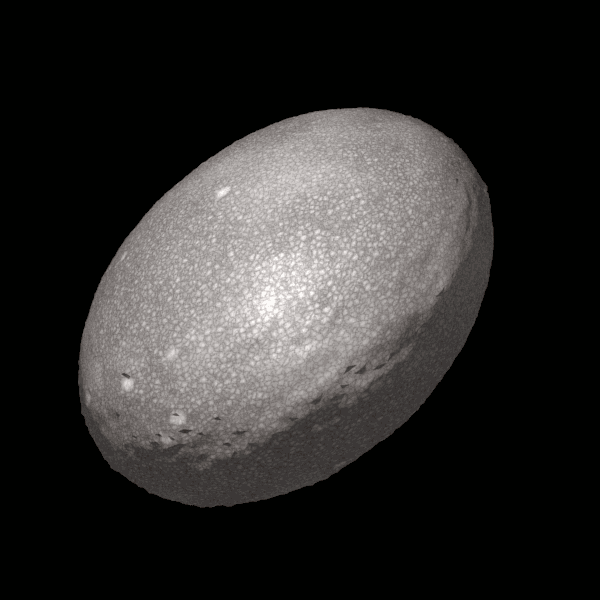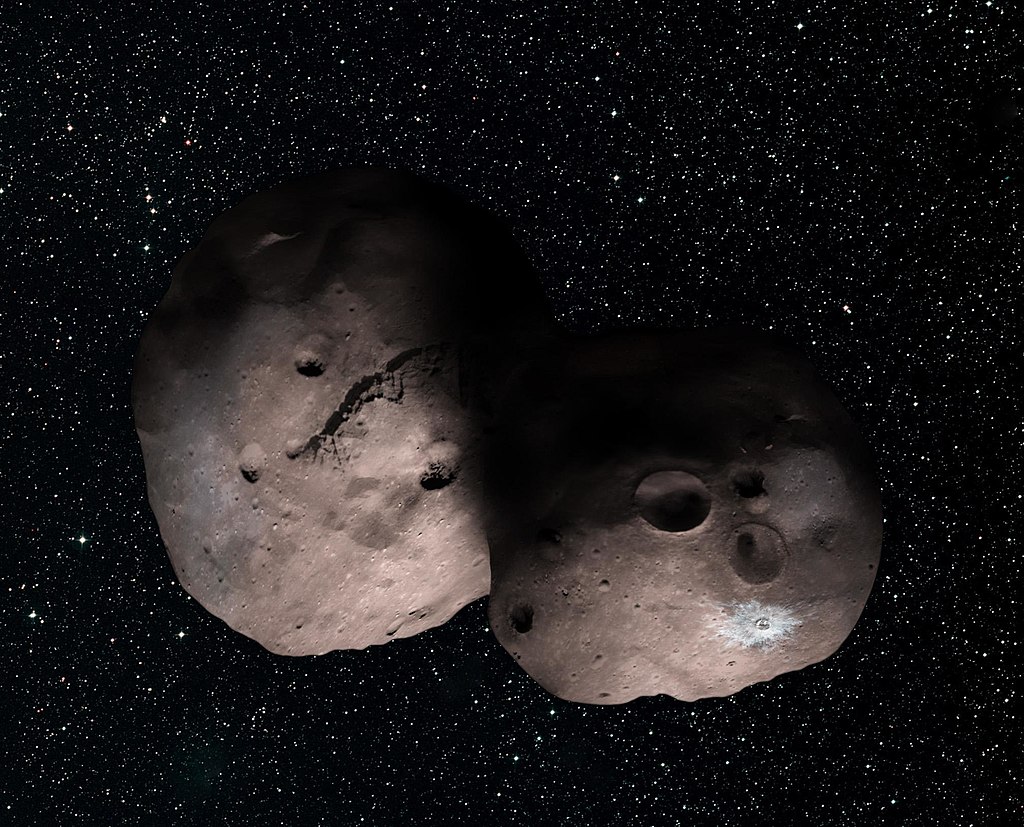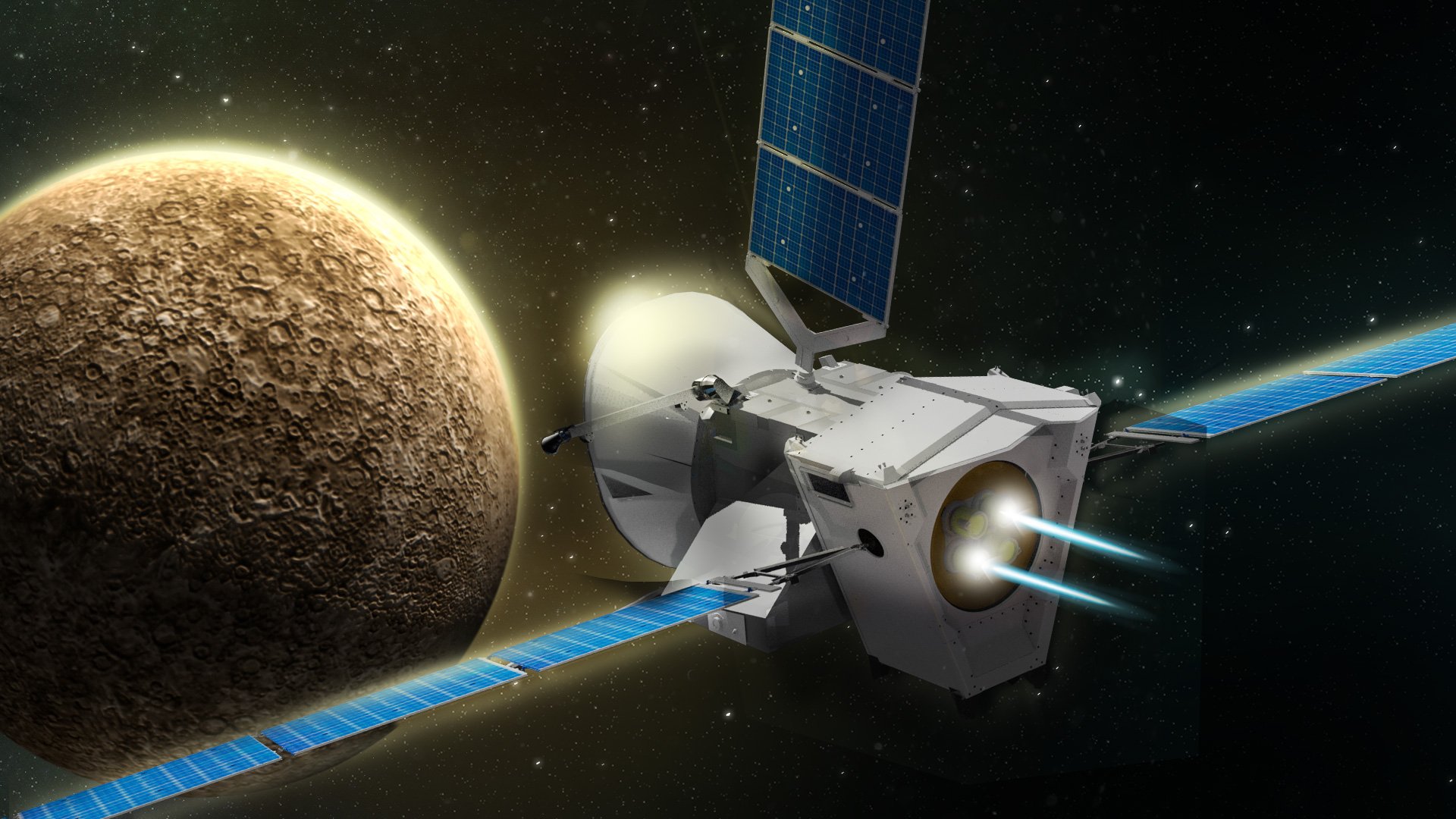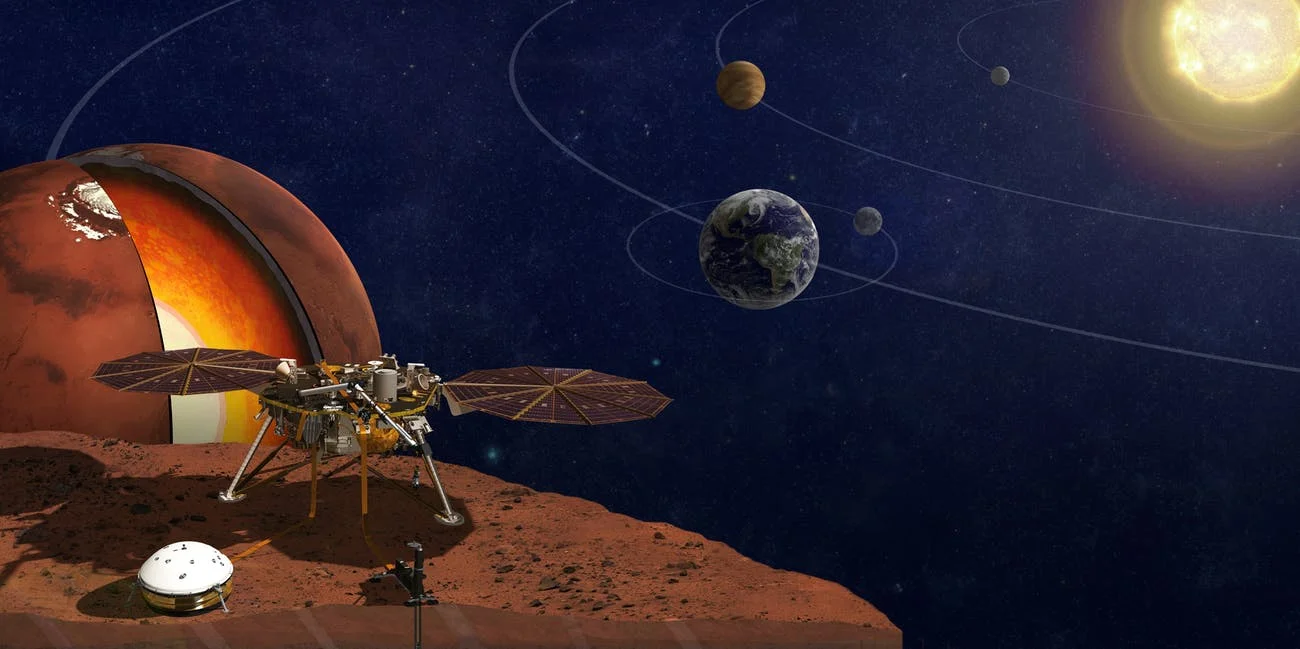Meet the Residents of the Kuiper Belt
In 2006, Pluto was officially demoted from planet status (#NeverForget). We didn’t mean to reopen an old wound, but hear us out - this is a good thing.
Instead of being a small fish in a big pond, Pluto is now the biggest fish in the pond known as the Kuiper Belt.

Illustration of where the Kuiper belt lies in relation to other planets in our solar system. Image Credit: NASA
What exactly is the Kuiper Belt?
The Kuiper Belt is a collection of circumstellar (orbiting the Sun) objects beyond the orbit of Neptune, including asteroids, dwarf planets and other hunks of space rock. The dwarf planets specifically are referred to as trans-Neptunian objects (TNOs). Sounds cool, right? Definitely the type of space knowledge you can casually drop at parties and impress everyone.
Although there are a tremendous amount of TNOs out there, it seems that Pluto’s demotion has resulted in a renowned interest in studying the Kuiper Belt and some of the larger objects that call it home. We thought we’d introduce you to some of Pluto’s neighbors to hopefully reassure you that it is in good company.
MEET THE GANG

Pluto
Discovered: February 18, 1930
Type: Dwarf Planet
Size: 2,326km (1,445 miles) in diameter
Moon(s): Charon, Hydra, Nix, Kerberos, Styx
Ah, Pluto: Our favorite dwarf planet. While we fully understand the emotional toll taken on the world when the runt of our litter was booted from our cosmic playground, as purveyors of science we know the importance of admitting when we were wrong. Pluto’s true place lies in the Kuiper belt among other dwarf planets and TNOs.

Haumea
Discovered: December 28, 2004
Type: Dwarf Planet
Size: Haumea's mass is about one-third that of Pluto, and 1/1400 that of Earth. Although its shape has not been directly observed, calculations from its light curve indicate that it is a Jacobi ellipsoid, with its major axis twice as long as its minor. (via Wiki)
Haumea is the third largest confirmed TNO after Pluto and Eris, and its ellipsoid shape is thought to be due to its extremely rapid rotation - just once every 4 hours!

Makemake
Discovered: March 31, 2005
Type: Dwarf Planet
Size: 1,434km (891 miles) in diameter
Although Makemake is one of the brightest Kuiper Belt objects, its moon is the opposite - puzzlingly - with reflectivity similar to charcoal.

Eris
Discovered: October 21, 2003
Type: Dwarf Planet
Size: 2,326km (1,445 miles) in diameter
Moon(s): Dysnomia
The discovery of Eris in 2005 was one of the reasons Pluto’s classification as a full-scale planet came into question. It originally appeared to be larger than Pluto, however subsequent research revealed that it is slightly smaller.

Sedna
Discovered: November 14, 2003
Type: Dwarf Planet (likely)
Size: 995km (780 miles) in diameter
Moon(s): None
Initially nicknamed “The Flying Dutchman” by discoverer Mike Brown, 90377 Sedna (or just “Sedna”) is even smaller than Pluto’s moon Charon and takes over 11,000 years to orbit the sun.

Ultima Thule
Discovered: June 26, 2014
Type: Unsure - possibly even two bodies co-orbiting
Size: 30km (19 miles) in diameter
Moon(s): None
Pretty soon we’ll get to meet Ultima Thule (not its official name), as the New Horizons spacecraft has been given the go-ahead to do a flyby on January 1, 2019! That will make it the farthest object in the Solar System ever to be visited by a spacecraft.

Quaoar
Discovered: June 6, 2002
Type: Dwarf Planet (possibly)
Size: 1,092km (679 miles) in diameter
Moon(s): Weywot
Quaoar (or 50000 Quaoar) is a possible dwarf planet about half the size of Pluto. Signs of water ice have been found along with a small amount of methane on its surface. Methane can only be retained by the largest Kuiper belt objects.

2007 OR10
Discovered: July 17, 2007
Type: Dwarf Planet (likely)
Size: 1,250km (780 miles) in diameter
Moon(s): One (unnamed)
What’s in a name? Poor supposed dwarf planet 2007 OR10 is the largest known body in the solar system without a proper name. It is slightly larger than Charon and has one moon of its own.










